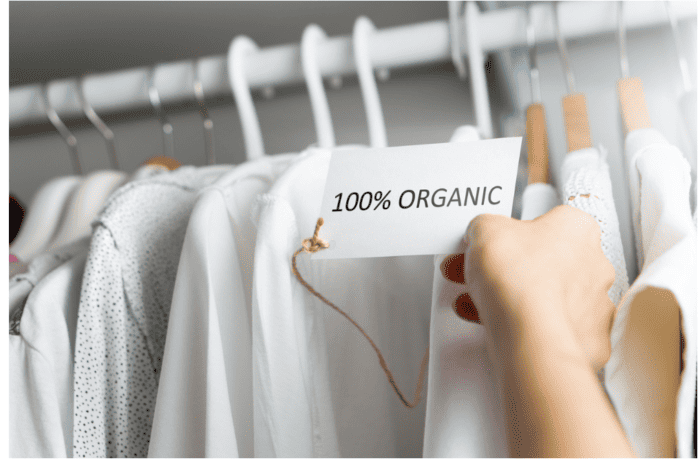Can you be both eco-friendly and fashionable? Of course! Here are 5 tips for procuring a more sustainable wardrobe without compromising on style:Tip 1: Swish, swap and second-hand
Swishing is the act of swapping clothes with others. It is a responsible way to move on garments you longer wear whilst simultaneously adding new pieces to your wardrobe without buying new ones. Good for your wallet and the environment! Clothes swaps can range from an informal get-together with friends to large-scale public events.
Tip 2: Breathe new life into old garments
One way to inject novelty into your wardrobe is to upcycle what you already have. Try adding embellishments such as beads or embroidery to a plain top or use a macrame kit to create tassels on a tailored jacket. Use whatever crafting materials you already have stockpiled or choose a ready-made kit complete with instructions if you are new to crafting. Browse specialists such as https://www.woolcouturecompany.com/ to view a range of such kits.
Tip 3: Make do and mend
Changing the throw-away culture around fashion is essential if we are to preserve the Earth’s resources. According to the UK charity ‘Keep Britain Tidy’ a staggering 10,000 items of clothing are being sent to landfill every five minutes in the UK alone. In order to prolong the life of your garments, be prepared to carry out repairs on your clothes. Skills such as sewing and darning have never been easier to learn with the advent of online tutorials.
Tip 4: Quality over quantity
Classic never goes out of fashion and changing our attitude towards the contents of our wardrobe is an important part of becoming a more sustainable fashionista. High-fashion items that go out of style after one season are wasteful. Choose higher-quality items in classic styles and colours instead that will become staple pieces in your wardrobe for years to come.
Tip 5: Recycle Responsibly
And when your clothes are beyond being repaired, upcycled or passed on, be sure to take them to a textile recycling point rather than a landfill.



